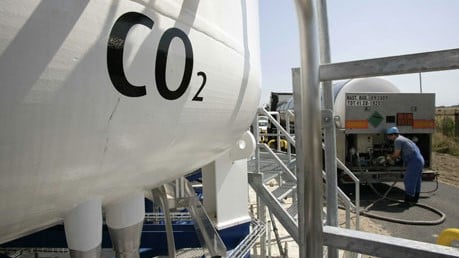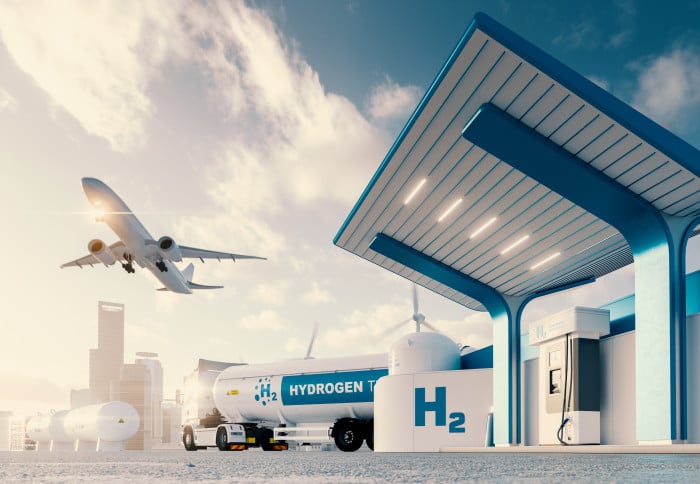
About the Course
This comprehensive programme delves into the intricacies of subsea control systems, focusing on design criteria and system operation. Participants explore crucial factors such as the selection of hydraulic systems, topside and subsea equipment, and the operation of various system interfaces. The programme emphasises the importance of fluid types, cleanliness standards, and intervention strategies, addressing safety, environmental concerns, and future developments. The content covers a wide spectrum, from the initial design considerations to operational aspects, ensuring a holistic understanding of subsea control systems in the context of evolving industry needs and standards.
Who's it for
-
Subsea Engineers and Technicians: Gain in-depth insights into the intricacies of subsea control system design, operation, and maintenance, enhancing their skills for efficient system performance.
-
Oil and Gas Project Managers: Acquire a thorough understanding of the design criteria, operation, and future developments of subsea control systems, enabling effective project oversight and decision-making.
-
Control System Designers: Delve into the detailed design criteria and operational aspects of subsea control systems, ensuring a comprehensive understanding for designing robust and reliable systems.
-
Safety and Environmental Professionals: Explore the safety and environmental considerations, intervention strategies, and cleanliness standards associated with subsea control systems, vital for ensuring compliance and minimizing environmental impact.
Course Content
-
Day One
Design criteria
-
Oil or gas or both
-
Type of platform
-
Distance from platform to reservoir
-
Water depth
-
Reservoir pressure and temperature
-
Number of wells
-
Number of functions
-
Project life expectancy
Selection of system
-
Direct hydraulic
-
Piloted hydraulic
-
Sequence hydraulic
-
Electro hydraulic
-
Multiplex electro hydraulic
-
All electric
Topside equipment
-
Master control station (MCS)
-
Remote operator workstation (ROWS)
-
Electrical power unit (EPU)
-
Uninterruptible power supply (UPS)
-
Hydraulic power unit (HPU)
-
Topside umbilical termination unit (TUTU)
-
Chemical injection unit (CIU)
Subsea equipment
-
Umbilical
-
Subsea umbilical termination unit (SUTU)
-
Subsea distribution unit (SDU)
-
Jumpers/flying leads
-
Electrical/hydraulic connectors
-
Subsea control module (SCM)
-
Subsea electronic module (SEM)
-
Valves
-
-
Day Two
Operation of system
-
System options
-
Hydraulic
-
Electrical
-
Communications
-
Redundancy
-
Signal commands
-
DCV operation
System interfaces
-
Supervisory control and data acquisition (SCADA)
-
Screen mimics
-
Logging on/off
-
Valve opening/closing
-
Valve foot printing
-
Page selection
-
Trending
-
Reports
-
Calculation
-
Inter locks
Fluid types, selection, management and cleanliness
-
Synthetic fluid
-
Water based fluid
-
Environmental legislation
-
Cleanliness manufacturing
-
Cleanliness offshore operations
-
Cleanliness standards
-
Measuring cleanliness
-
Filters
-
Wear mechanisms
-
Flushing
Intervention of system
-
Safety and environment
-
Workover
-
Installation and workover control system (IWOCS)
-
Emergency quick disconnect (EQD)
-
Divers/ROVs
-
Cleanliness standards
-
Inspection, repair and maintenance (IRM)
-
Tools
Future developments
-
Obsolescence
-
Future developments for systems
-
Subsea processing
-
Better well management
-
Learning Outcomes
Upon completion of this course, participants will be able to:
-
Identify a range of subsea equipment and its functionality
-
Explain how subsea control systems operate
-
Compare different types of subsea control systems
-
Identify the issues associated with the design and manufacturing of subsea controls equipment
-
Recognise new technologies
-
Class Materials
- Case studies that explore real-world grid integration challenges and their solutions.
- A comprehensive course package detailing all essential topics and technical data.
- Detailed notes from the tutor, Amrit, offering additional insights and expertise.
- A collection of references and practical worked examples to deepen understanding and application of the material.
-
Jeenius
Participants in the course gain access to Jeenius, a cutting-edge learning platform that offers comprehensive support tools. This platform includes all course notes, recordings of the sessions for later review, and the opportunity for one-on-one support with the tutor. Additionally, Jeenius provides access to the latest insights in renewable energy enhancing the learning experience with up-to-date industry knowledge.
-
In-Company Delivery
For in-company delivery options and content customisation to meet your specific needs, please don't hesitate to reach out to us.
Book one of our in-company courses, tailored to your team.
Your Tutor

Bob Summers
PhD
LEAD TUTOR
Specialising in control systems and training, Bob's over 20 years of experience in the oil and gas industry and his role as a consultant to the European Economic and Social Committee for standardising vocational skills, demonstrate his comprehensive understanding and ability to impart knowledge in the subsea systems and controls course.
Testimonials
"Subsea controls system training course is highly recommended, excellent delivery by Bob Summers."
“A very detailed presentation pitched at exactly the right level for my role. The tutor was extremely knowledgeable and took the time to explain questions and queries..”



